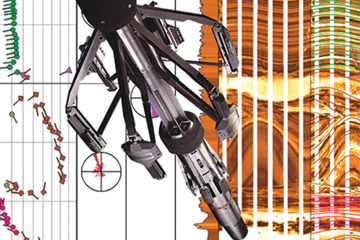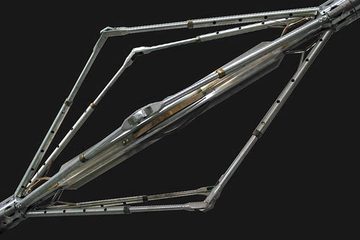Borehole images and high-resolution formation dip data describe the structural framework, fracture patterns, sedimentary features, and in-situ stress orientation of the formation. Borehole images and resistivity anisotropy measurements provide valuable information to design completion and perforation strategies. Along with the conventional application of the formation dip and strike determination, these measurements are used as an aid in conventional core description and orientation, as well as for selecting intervals for formation testing, sampling, and perforating.
In the absence of conventional cores, the only practical method of determining net-pay thickness for thinly laminated sequences is to use borehole images and resistivity anisotropy measurements. When combined, the horizontal and vertical resistivity’s from our 3DeX™ induction logging service and the high-resolution borehole images from our STAR-XR™ extended-range resistivity imaging service, HDeX™ microresistivity imaging service, EMeX™ imaging service or UltrasonicXplorer™ imaging service can significantly improve the petrophysical evaluation of thinly bedded sand/shale sequences. These services can also be used to identify bioturbated zones, along with overturned, slumped, and contorted beds—all potential impediments to production.
Together, let’s discover how our high-resolution imaging services can help you sharpen your view of the subsurface in any drilling application.







